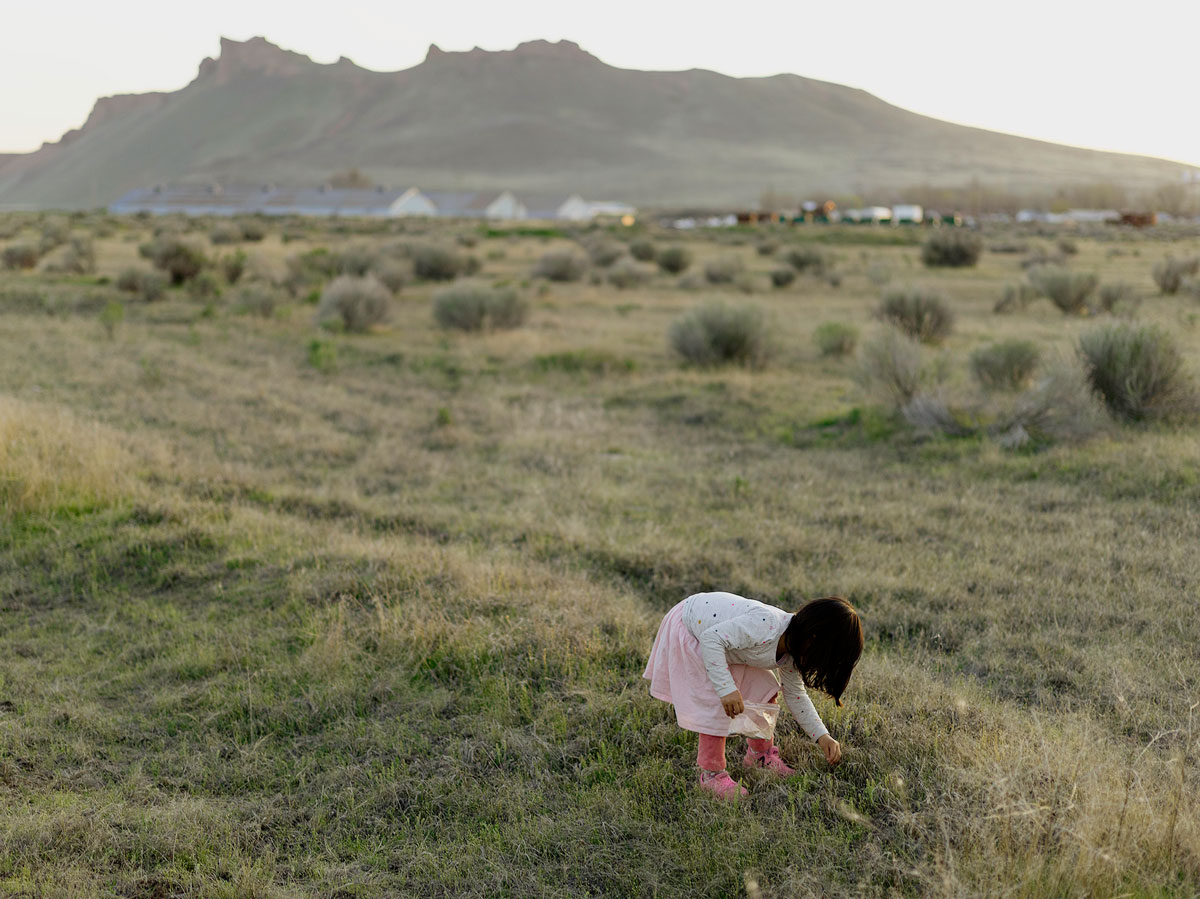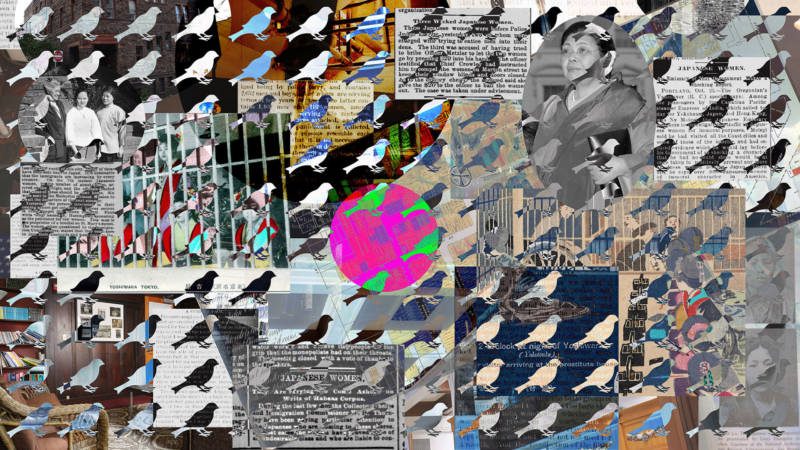For the four artists in ArtObjectGallery’s Transient Existence, the exhibition title refers not just to their own experiences of living abroad (all were born in Japan, but two now live in the Bay Area, two in Berlin), but of the historical movement of people—especially people of Japanese descent, and especially in the United States.
In the show, opening June 21 in the heart of San Jose’s Japantown, Aisuke Kondo, Takeshi Moro, Yukiko Nagakura and Kaori Yamashita deal mostly, but not exclusively, with their connections to the Tule Lake and Topaz concentration camps used to incarcerate Japanese Americans during WWII.
Nearly 80 years after President Franklin D. Roosevelt signed and issued Executive Order 9066, few survive who can speak to the experience of being wrongfully detained in their own country. At Tule Lake and Topaz—located at the California/Oregon border and in Utah, respectively—little but historical plaques remain. The artists of Transient Existence find ways to amplify and broaden that story, exploring dynamics of power, vulnerability and impermanence across works of photography, sculpture and collage.

The projects displayed are as varied as their individual practices and backgrounds. Kondo’s ongoing series Matter and Memory retraces his great-grandfather’s life as an immigrant in the United States, during which he was relocated from San Francisco to Topaz. Moro’s work is informed by his years of working with elders at San Jose’s Japantown senior center, and with the Japanese American Museum of San Jose. Nagakura is particularly interested in highlighting instances of gender inequality; an example of work from the show pulls from racist newspaper reporting about Japanese women. And Yamashita’s previous work—delicate ceramics and sculptural installations hinting at architectural ruins—demonstrates an ability to gesture at larger, universal concerns within the format of carefully constructed tableaux.
Together, the artists of Transient Existence find common ground in their shared experience of living “elsewhere,” and in doing so, usher our understanding of contemporary transience (its privileges and pains) into conversation with forced movements of the past.


